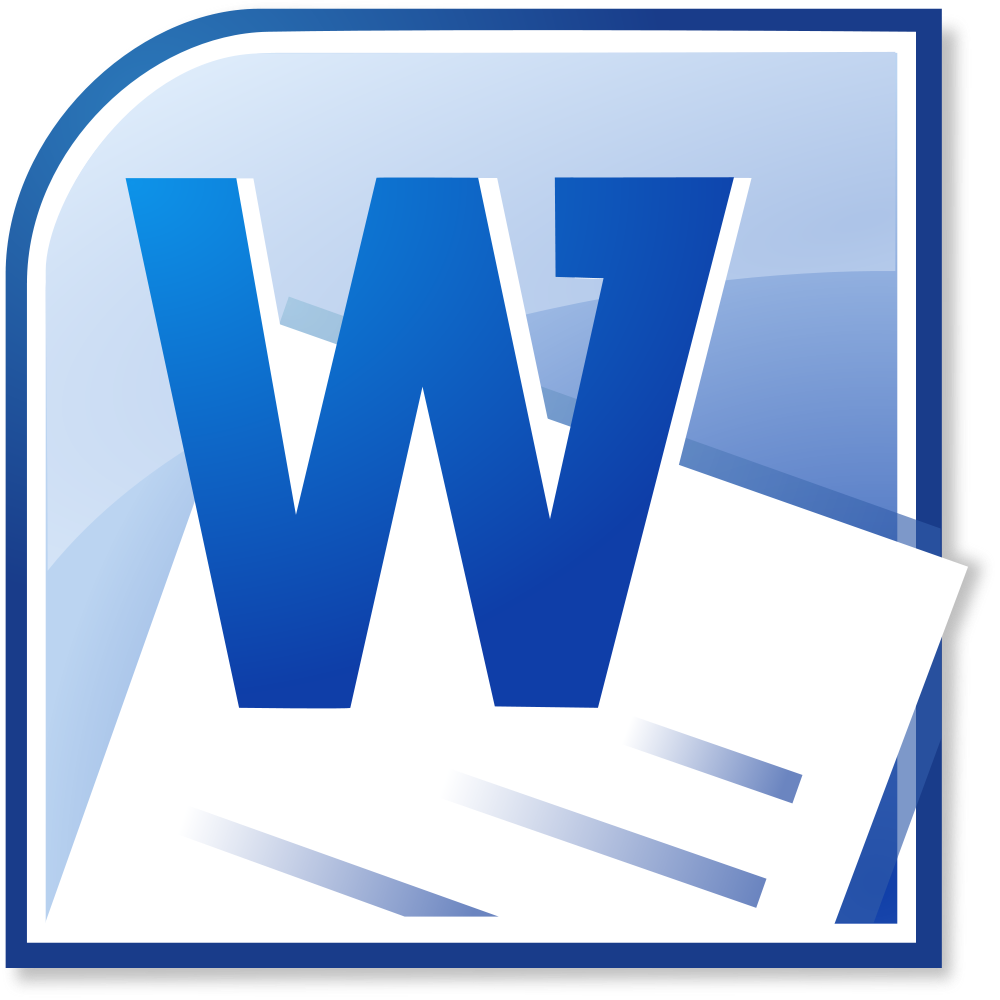

- Microsodft word pro#
- Microsodft word software#
- Microsodft word plus#
- Microsodft word download#
- Microsodft word mac#
Microsoft Word 1.1a for Windows (3.5-1.44mb) Microsoft Word 1.1 for Windows (5.25-1.2mb) Microsoft Word 1.1 for Windows (3.5-720k) Microsoft Word 1.0 for Windows (5.25-1.2mb) Microsoft Word 1.0 for Windows Working Model (3.5-720k) Microsoft Word 1.0 for Windows (3.5-720k)
Microsodft word download#
Product type Application Word Processor Vendor Microsoft Release date 1989 Minimum CPU 80286 Minimum RAM 1MB Minimum free disk space 4MB User interface GUI Platform Windows Download count 58 (7 for release) Downloads Download name Also see a complete list of word processors archived on Winworld. Later versions are bundled with Microsoft Office. The DOS, Mac, and Windows versions are quite different from each other, and each restarted their version numbering at "1.0". There were also ports to OS/2, the Atari ST, and Unix. For a time Word for Windows competed with WordPerfect for Windows.
Microsodft word pro#
A Microsoft Windows version was introduced in 1989, although Palantir WinText, NBI Legend, and Samna AMI/AMI Pro had beaten them to their own Windows platform. Work with bullets, indents and line spacing. Apply pre-designed Styles and format text with fonts and colors. Highlights: 62 lessons Create, save and share documents.
Microsodft word mac#
The Mac version was introduced in 1985 where it acquired a friendlier user interface and gained some popularity. Looking for a Microsoft Word course for beginners to experts This online course has something for everyone, covering beginner, intermediate and advanced lessons in Word. Word for DOS was never really successful. Docs app with templates for resumes, forms and more. Document editor keeps formats and layouts pristine and looking great. Initially it competed against many popular word processors such as WordStar, Multimate, and WordPerfect. Microsoft Word Features: Create Documents With Confidence Create docs, assignments, letters, blogs, scripts, notes, resumes and more with beautifully designed modern templates. Its crude WYSIWYG/mouse support was a direct response to the Apple Lisa/Mac, and VisiCorp Visi On. Its design made use of a mouse and WYSIWYG graphics.
Microsodft word software#
Microsodft word plus#

There are two ways to provide alt text in Word documents: This information will be presented to a screen reader user when they encounter the image. If an image presents content or has a function, you must provide an equivalent alternative text for this image. You should not skip heading levels, such as using a Heading 4 after a Heading 2 with no Heading 3 between the two. A Heading 4 is a sub-section of the Heading 3, and so on.A Heading 3 is a sub-section of the Heading 2.A Heading 2 is a major section heading.There is generally just one Heading 1 per document, although it is possible to have more than one (e.g., a journal where each article is a Heading 1). A Heading 1 is the document title or a main content heading.Heading levels should represent the structure of the document. These Font styles will provide visual headings but not the document structure needed for navigation by assistive technology users is missing. Unfortunately, it is a common practice to create a "heading" by highlighting the text and applying a different font, a larger font size, bold formatting, etc. However, this only works if Word's Heading styles are used. For example, screen reader users can access a list of all headings in the document, jump from heading to heading, or even navigate by heading levels (e.g., all second-level headings).

Screen reader users can also navigate Word documents by headings. When encountering a lengthy Word document, sighted users often scroll and look for headings to get an idea of its structure and content. A good heading structure is often the most important accessibility consideration in Word documents.


 0 kommentar(er)
0 kommentar(er)
